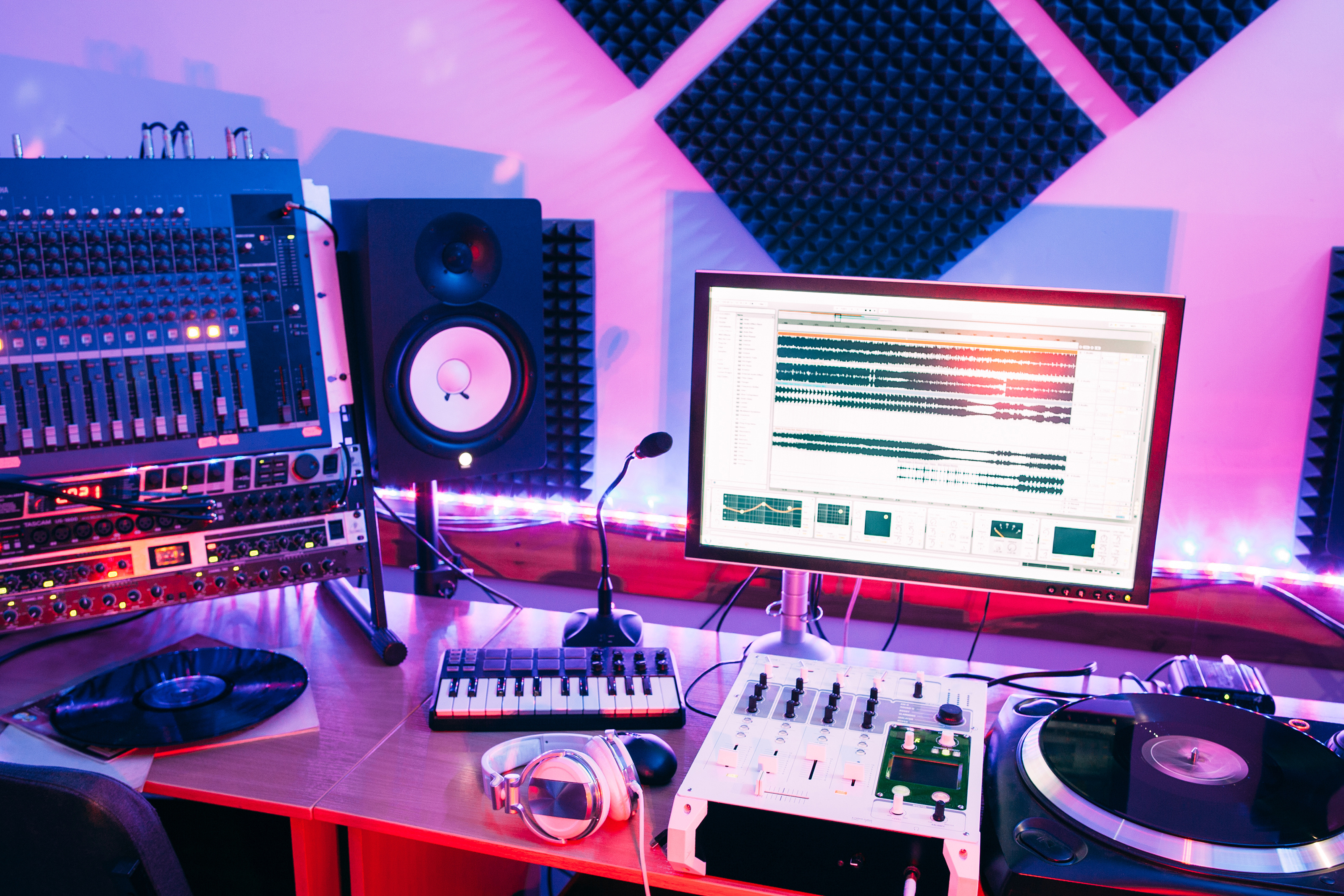

In recent times, Serato has put a lot of work into making its software reliable and low-latency, and its these factors that make it a popular choice amongst pro club DJs. Its range of software applications has gone through a host of iterations and name changes over the years, but since being unified and refreshed under the banner of Serato DJ in 2013 the application feels tighter and more refined than ever. Serato spearheaded the birth of digital vinyl systems back in the early ‘00s and has remained one of the major players in digital DJing ever since.

You can find Link as part of a host of DJing apps, iOS tools, DAWs and plugins, making it easier than ever to jam with multiple laptops or tablet devices. This is an open software tool that allows developers to add wireless sync to their applications. What's more, you can choose from any number of controllers that can work with it.Ībleton’s recently developed Link tech adds to its appeal as a performance tool. With the added bonus of a heap of built-in instruments and effects, the ability to host plugins and an intuitive MIDI learn function, Live makes an unbeatable one-stop-shop for electronic musicians. It’s this view, along with the intuitive way that Live handles retiming audio, that makes the DAW a fantastic tool for blurring the lines between DJing and live performance. Key to its popularity with DJs is the Session View - a brilliantly implemented and cleanly designed window for launching sync’d audio samples, MIDI clips and tracks. Still, while it may have been first envisioned purely as a production tool, in the years since its inception Live has become a favourite of DJs across the world. Ableton Live is something of an anomaly in this list, due to the fact that it’s not really a true DJ application - or at least it wasn’t originally imagined as such.


 0 kommentar(er)
0 kommentar(er)
